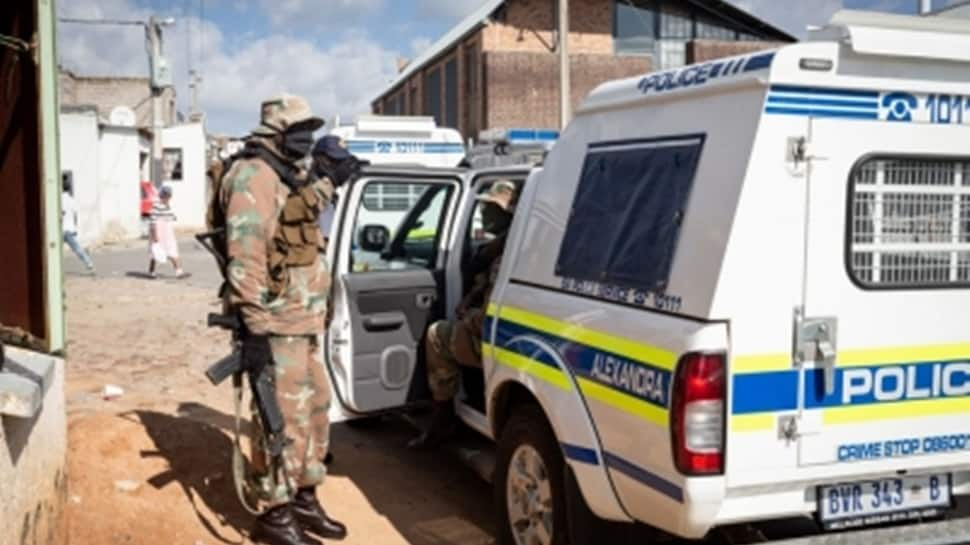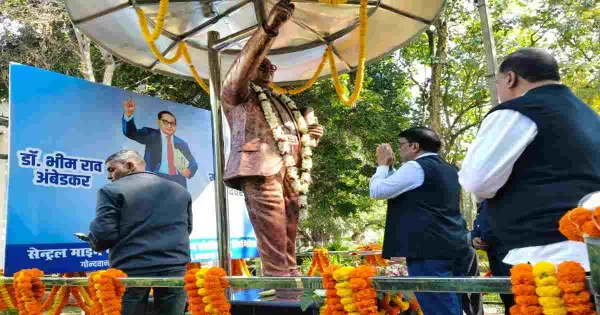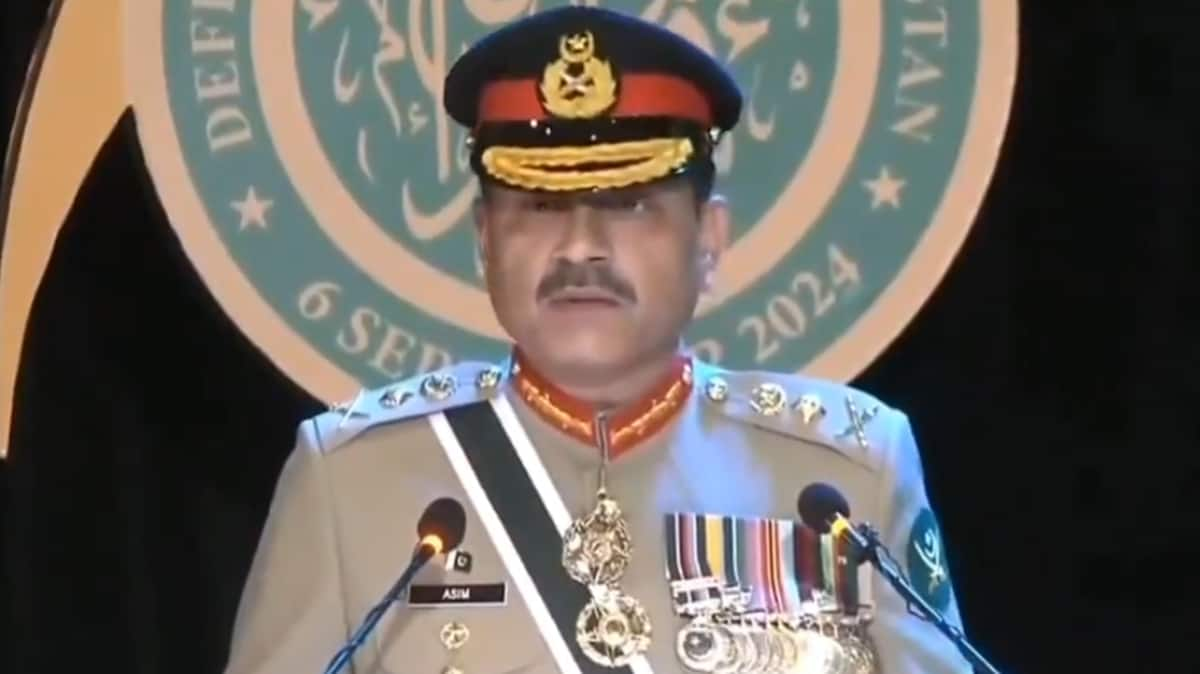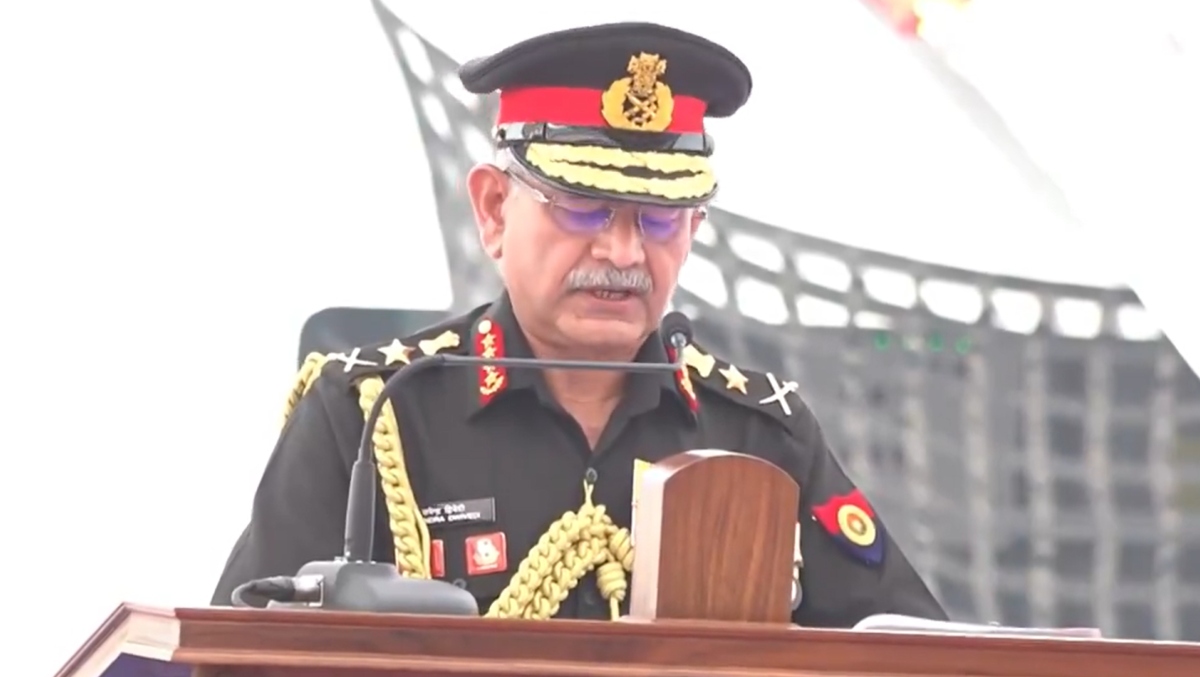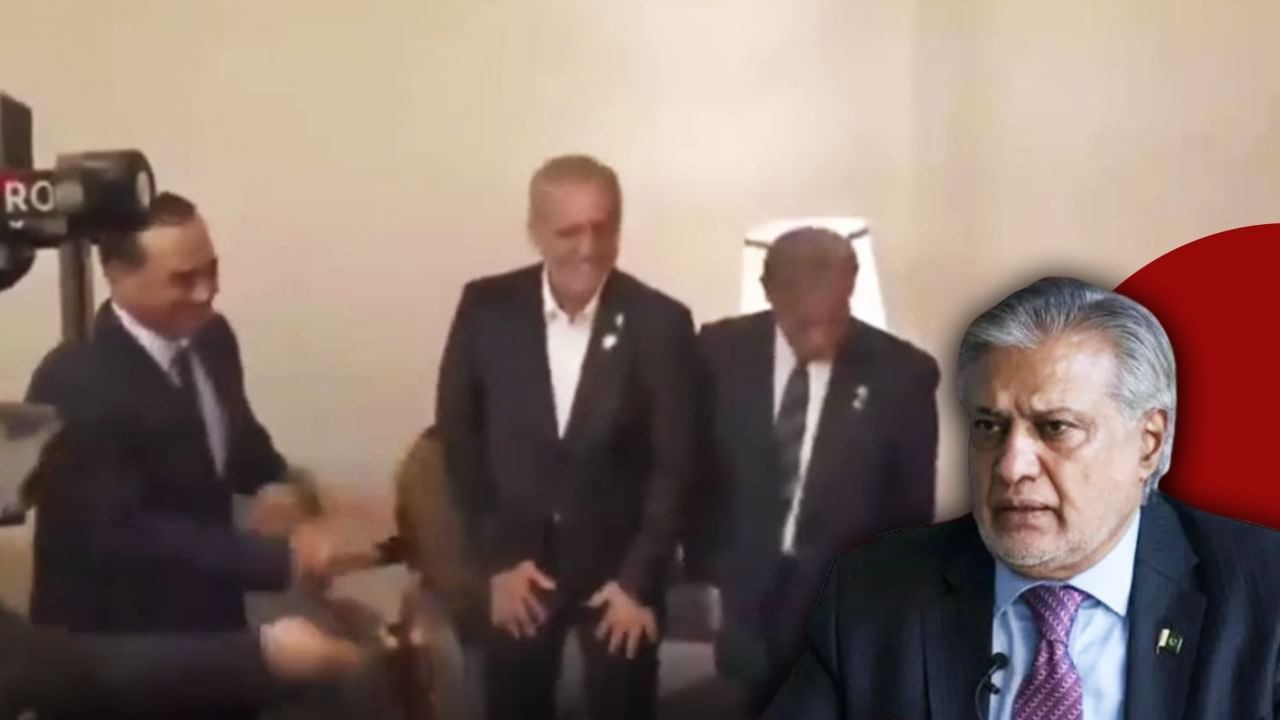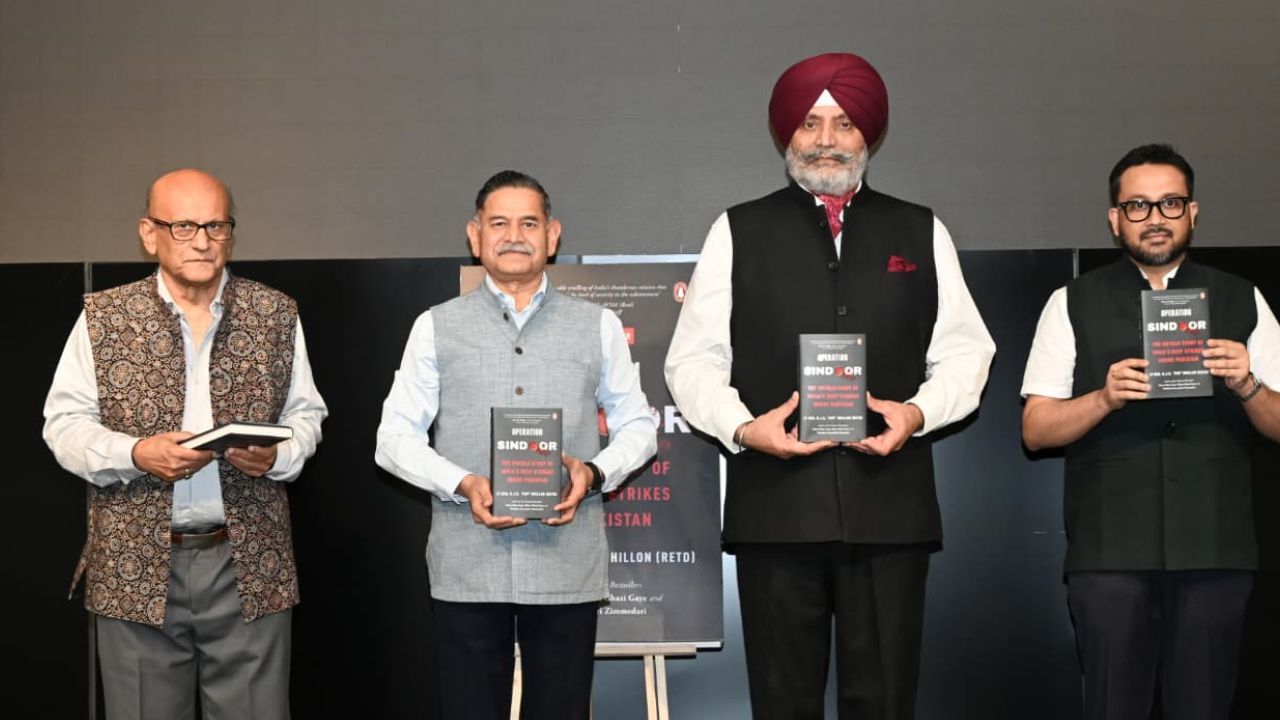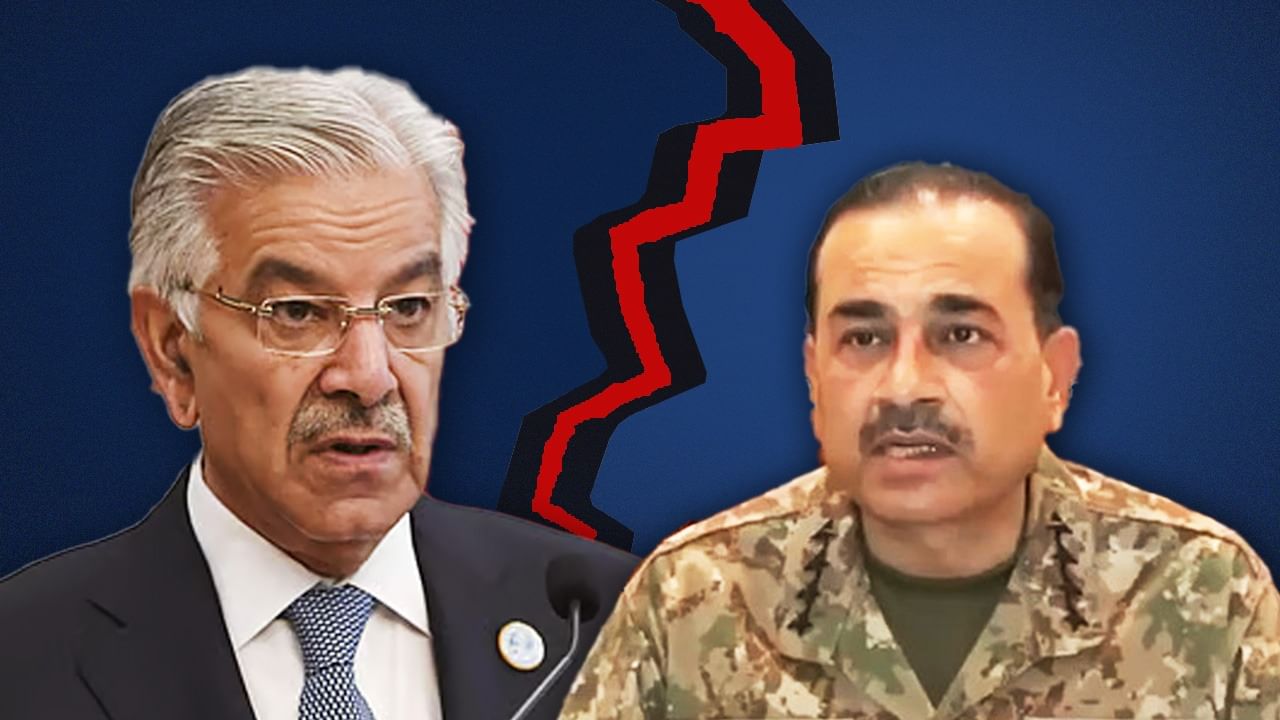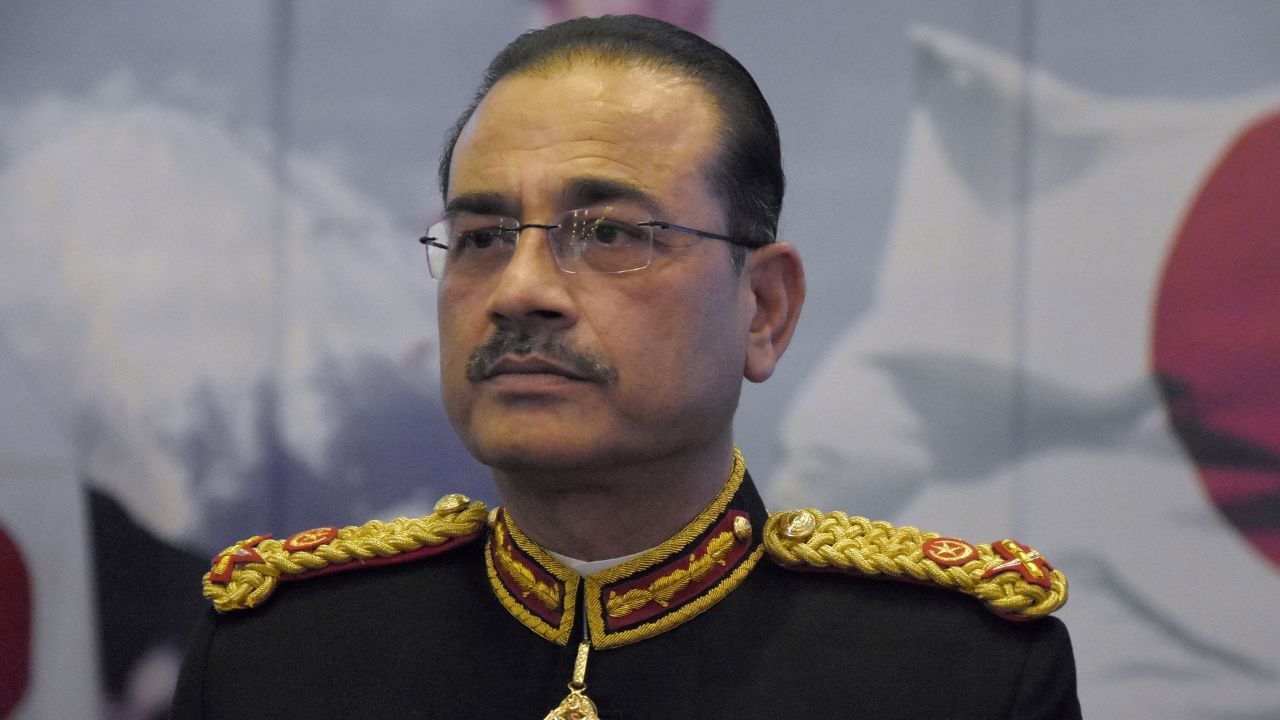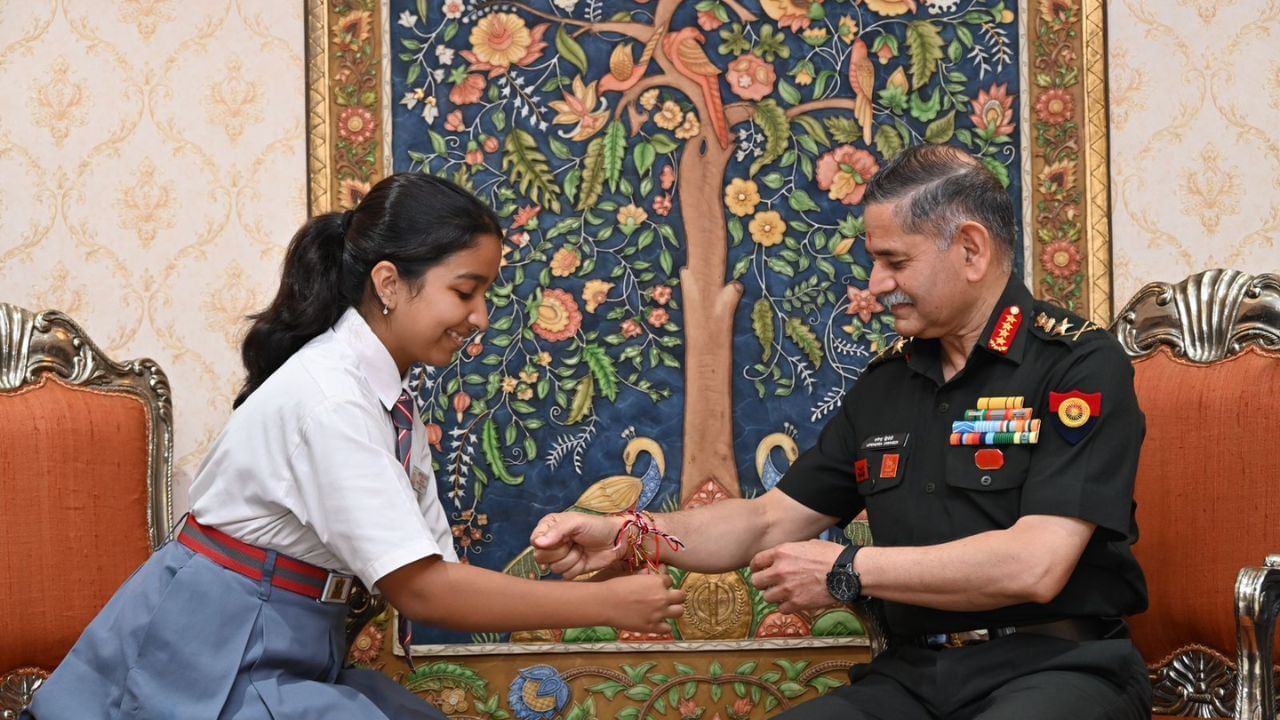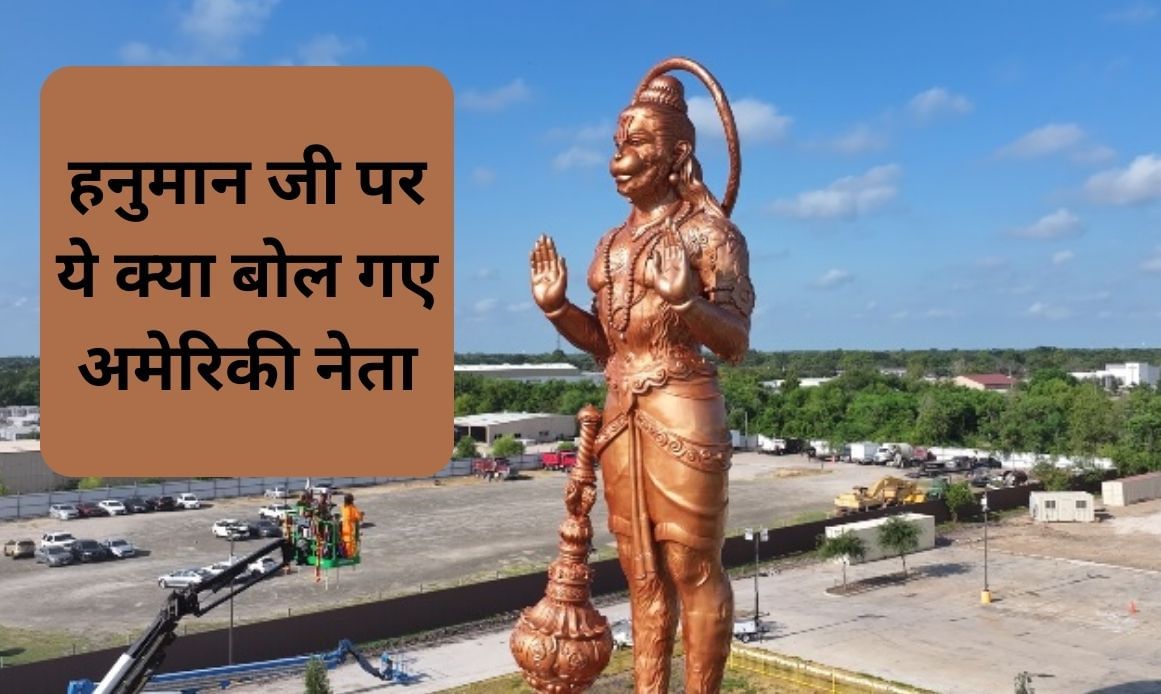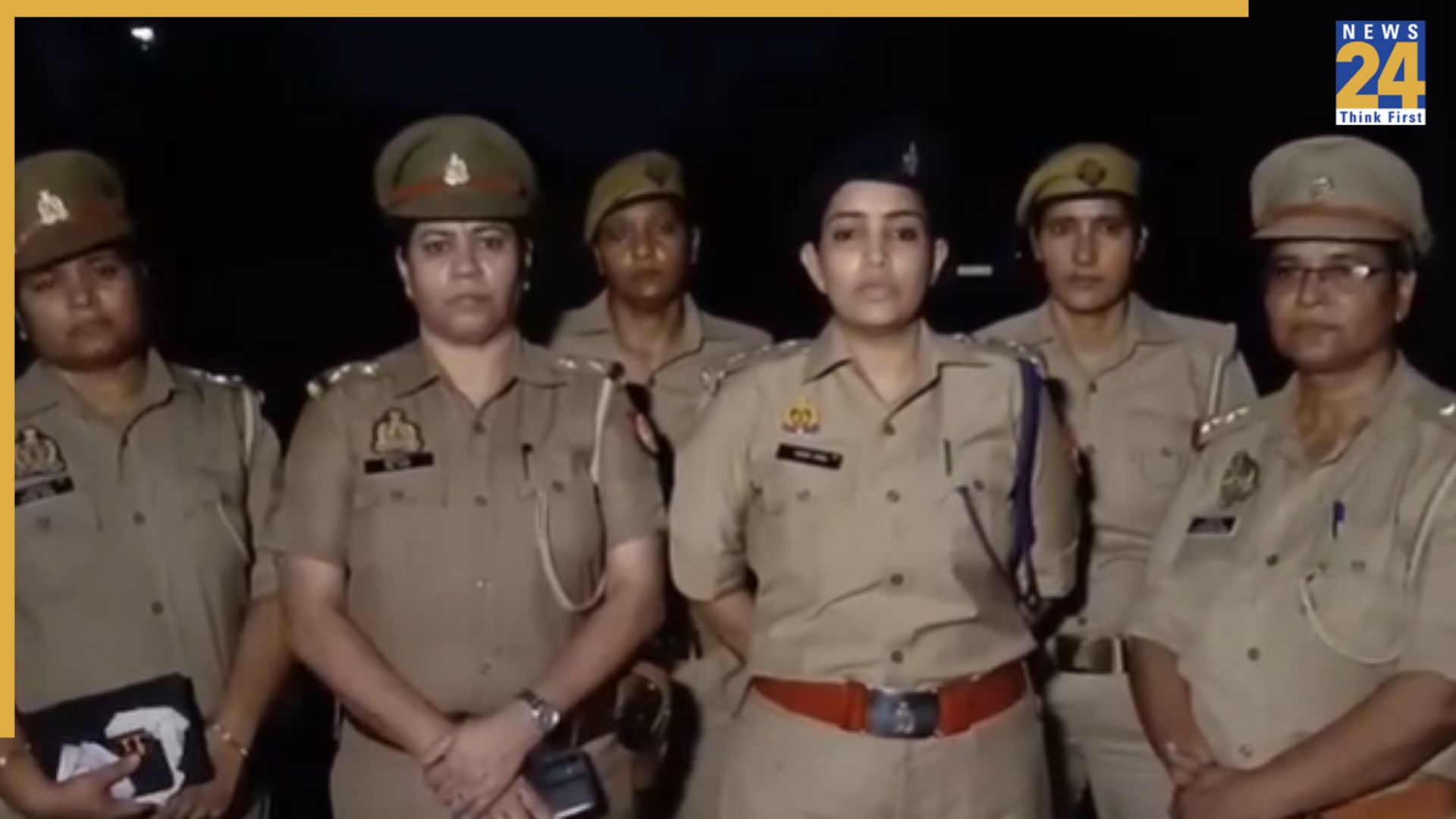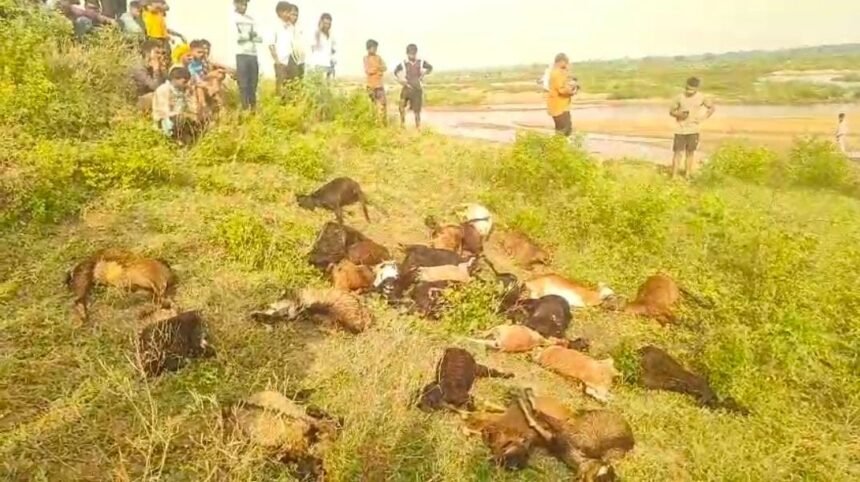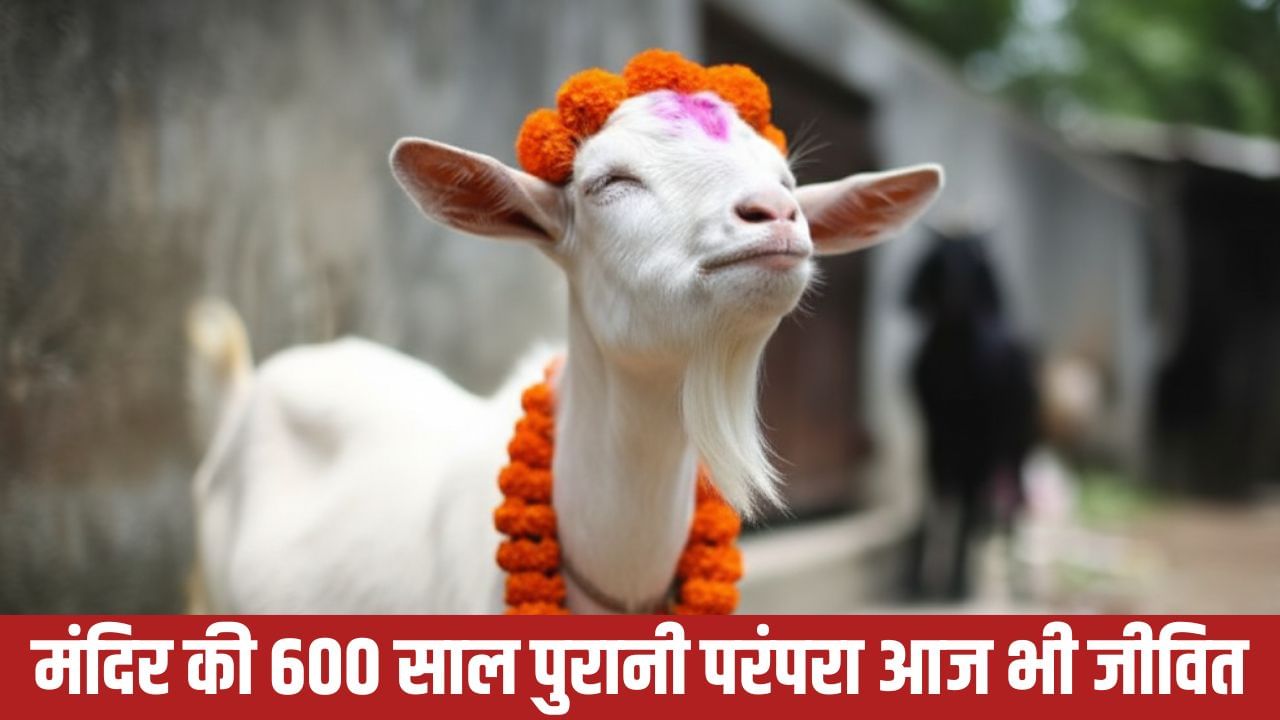Subscribe to Updates
Get the latest creative news from FooBar about art, design and business.
Browsing: Army Chief
Army Chief’s Statement on Operation Sindoor: India-Pakistan Conflict Did Not End on May 10th
In New Delhi, Army Chief General Upendra Dwivedi recently unveiled the book ‘Operation Sindoor: The Untold Story of India’s Deep Strikes Inside…
Reports suggest that Pakistan’s Defence Minister, Khawaja Asif, is reportedly concerned about the increasing political influence of Army Chief Asim Munir. Asif…
Pakistan’s current Army Chief, General Asim Munir, will now remain in his position until 2027. Following recent clashes with India, the government…
Raksha Bandhan, a festival celebrated with great enthusiasm across the country, was observed with special significance. On this auspicious occasion, sisters tie…
In the wake of escalating tensions, Iran has appointed Major General Amir Hatami as the new Army Chief. This appointment comes after…
